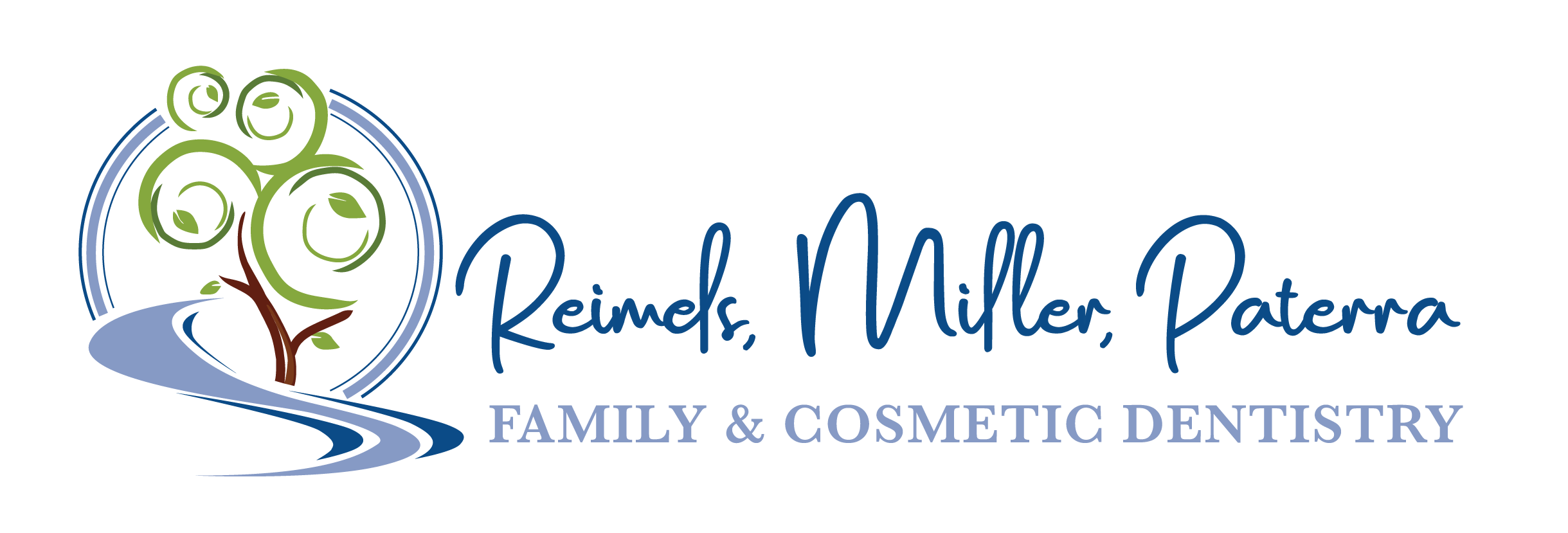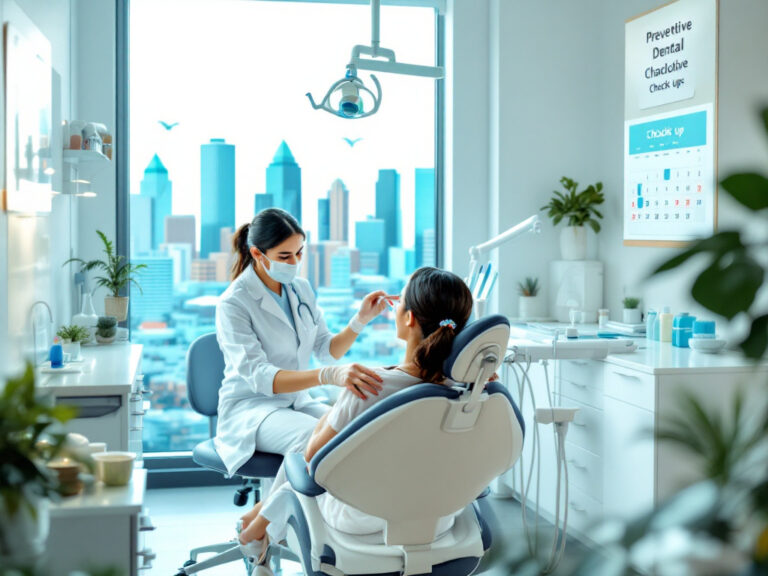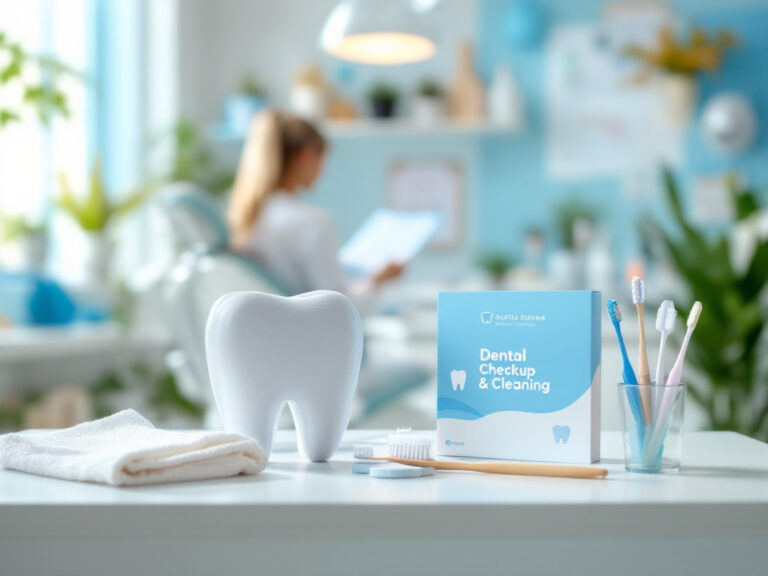If you have ever faced the possibility of losing a tooth or already gone through a tooth extraction, you may have heard about bone grafting ridge preservation. This approach is designed to maintain the shape and density of your jawbone, thereby supporting future dental restorations, like implants or dentures. By preserving critical bone structure, you help ensure a stable foundation for a confident smile and long-term oral health. At Reimels Dentistry, we recognize the unique challenges that can arise when making decisions about preventive, restorative, or cosmetic dental treatments. Our goal is to offer a supportive environment where you receive the individualized care you deserve.
In recent decades, research has consistently shown that alveolar bone, the part of the jaw that holds your teeth in place, can resorb (or shrink) significantly after a tooth is removed. Studies have found that alveolar bone loss can reach up to 56% on the buccal (outer) side after extraction (Decisions in Dentistry). Fortunately, bone grafting ridge preservation lets you address this potential loss early, helping protect both your oral function and appearance. By choosing a practice like Reimels Dentistry, you are placing your trust in an experienced team that is dedicated to helping you achieve the best possible results for your oral health.
Understanding bone grafting ridge preservation
Bone grafting ridge preservation involves placing specialized grafting material in an extraction site to maintain the alveolar ridge. This grafting material might be sourced from your own body (autograft), donated bone (allograft), or substances derived from animal or synthetic sources (xenografts and alloplasts). Whichever option is used, the underlying goal remains the same: to encourage your body to regenerate strong, stable bone.
How it works
- After a tooth extraction, a dental professional carefully cleans the empty socket.
- The graft material is then placed into the socket, often covered with a membrane to protect it.
- Over time, your body integrates the graft, forming new bone and preserving the natural contours of the jaw.
It is critical to preserve bone height and width because the strength of your jawbone affects everything from your ability to chew comfortably to your likelihood of successfully receiving a future implant. Survival rates for implants in grafted sockets are notably high, ranging from 95 to 100% in the first few years after placement (Journal of Oral & Maxillofacial Research). Moreover, studies indicate that marginal bone loss around implants is significantly lower in previously grafted sites, a key factor in promoting the longevity of your new tooth.
Why preservation matters
When severe bone loss occurs, it can alter your facial structure, impact speech, and even affect how future restorations fit. Preserving the alveolar ridge soon after an extraction reduces these risks and can:
- Decrease the likelihood of future complications or the need for more complex grafting procedures.
- Improve outcomes for dental implants, dentures, and other restorative treatments.
- Maintain a more natural facial shape, supporting self-confidence.
Respecting these unique considerations can ensure you get the comprehensive care and support necessary for lasting oral health and overall well-being.
Reasons to choose Reimels Dentistry
When you or a loved one needs specialized dental services, having confidence in your provider’s skill and compassion is essential. At Reimels Dentistry, we are committed to creating an empathetic, supportive environment to guide you through every stage of your procedure. Below are some of the reasons why our practice stands out for bone grafting ridge preservation and beyond.
A supportive environment
We understand that choosing a dental procedure can feel overwhelming, especially when it involves surgical steps such as a tooth extraction or surgical tooth extraction. Our commitment to empathy means we provide a comforting atmosphere, giving you a safe space to share your concerns. Whether you struggle with anxiety or have unique health considerations, our team is prepared to tailor a plan that meets your individual needs.
Cutting-edge technologies
Because we believe you deserve the best possible care, our practice integrates advanced diagnostic and treatment technologies that minimize inconveniences and optimize results. For instance, we often use digital xray imaging and 3d cone beam imaging to get a clearer picture of your bone structure and soft tissues. These tools let us gain more precise measurements, allowing for carefully planned alveolar ridge preservation strategies.
We also rely on intraoral camera examination to show you exactly what is happening inside your mouth. This helps you fully understand our recommendations while giving us the insights needed to customize treatment.
Tailored treatment programs
No two mouths are exactly alike. Age, health status, past dental issues, and personal preferences can all influence how your jaw responds to changes. That is why Reimels Dentistry focuses intently on offering comprehensive, individualized plans. We want to be sure that your bone grafting ridge preservation flows seamlessly with any other services you may need, such as gum disease treatment before your graft or a dental crown placement afterward.
We also acknowledge that dental care is about more than just physical health—it is about quality of life. Our curated approach ensures that we balance function, aesthetics, and long-term stability every step of the way.
Comprehensive care
By selecting Reimels Dentistry, you are connecting with a practice that values multi-dimensional care. This means we can guide you through a range of procedures, starting from foundational preventive measures like professional teeth cleaning or fluoride treatment, all the way to specialized restorations like full denture fabrication when necessary. Our aim is to create an all-encompassing plan that fosters outstanding oral health, making future treatments more predictable and effective.
With broader services such as cosmetic smile makeover, you also have the chance to rejuvenate your appearance, boosting self-confidence after you complete core restorative procedures. Above all, our team is here to make sure you have the support necessary for lasting recovery and ongoing maintenance of your smile.
Empathetic sedation options
Dental procedures can be stressful, so we offer several sedation solutions to help you stay calm and relaxed. Whether you prefer milder approaches like nitrous oxide sedation or more comprehensive choices like iv sedation dentistry, we will collaborate with you to select the level of sedation that matches your comfort level. From oral sedation to sedation dentistry service, these options add peace of mind and support your well-being during a potentially nerve-wracking experience.
Exploring key phases of the procedure
While each tooth extraction and bone grafting procedure is unique, understanding the typical steps involved can reduce anxiety and provide insight into your journey.
1. Diagnosis and evaluation
Your dentist begins by examining your mouth and discussing your medical history. They may use imaging tools, such as 3D scans, to determine the shape and density of your jawbone. If any underlying conditions like infection or gum disease are present, they must be managed first.
2. Extraction and site preparation
If the tooth in question is still present, it will be gently removed. In some cases, removing a damaged tooth is straightforward. In others, a surgical tooth extraction may be necessary to protect the surrounding bone. The extraction site is then debrided (cleaned) to ensure all debris and infected tissue are removed.
3. Placement of graft material
Your dentist will select the appropriate graft material. This could be an allograft, xenograft, or another material that suits your anatomical and health requirements. The material fills the socket to encourage the natural healing of bone, and in many cases, a protective membrane is placed over it.
4. Healing and integration
After placement, your body gradually substitutes the grafted material with your own bone, reinforcing the alveolar ridge. This process can last between three to six months, though timelines vary. Proper post-operative care, including good oral hygiene and possibly antibiotics or pain relievers, is essential for success. According to studies, consistent use of a barrier membrane can contribute to reducing ridge resorption (NCBI).
5. Final restoration or further treatments
Once the site has healed and stabilized, we can move forward with restoration. Dental implants are a common option; they fuse with the preserved bone to create a sturdy anchor for a crown or other prosthesis. Alternatively, a partial denture service or dental bridge placement may be recommended depending on your needs.
Minimizing complications and ensuring success
Bone grafting ridge preservation is highly effective, but no procedure is without potential issues. Some minor side effects, such as post-operative swelling or tenderness, are common, and typically resolve within a couple of weeks (Cleveland Clinic). More severe complications—like graft failure, infection, or nerve damage—remain rare, particularly under the care of an experienced dentist. Below are a few ways to maximize the chances of a successful outcome:
- Quit smoking: Smoking hampers blood flow, slowing healing and increasing the risk of graft failure.
- Maintain good oral hygiene: Effective brushing, flossing, and rinsing keep the surgical site clean.
- Use medication as prescribed: Follow your dentist’s recommendations on antibiotics or anti-inflammatory medications.
- Attend post-op appointments: Monitoring your progress helps detect any concerns early.
Should complications arise, timely evaluation and intervention can preserve the graft and keep you on track for healthy, stable bone structure.
Discover additional services at Reimels Dentistry
At Reimels Dentistry, we offer not just bone grafting ridge preservation, but also a full spectrum of preventive, restorative, and cosmetic options. This comprehensive care philosophy ensures you have a consistent and trusted dental partner you can turn to for any need, whether you are seeking to maintain oral health or enhance the beauty of your smile.
- Prevention and checkups: Services like routine dental checkup, oral cancer screening, and pediatric dental care set the foundation for a healthier, brighter future.
- Restorative options: From root canal therapy and broken tooth repair to invisalign service and porcelain veneer placement, our team has you covered for almost every situation.
- Emergency dentistry: Sometimes unexpected dental issues happen. Our emergency dental care can address urgent concerns like knocked out tooth treatment, dental infection treatment, and lost filling repair.
- Comfortable payment solutions: We strive to be an insurance friendly dental practice, offer transparent dental pricing, and maintain a dental membership plan to make your care more accessible.
Throughout each phase, you can expect an empathetic approach that acknowledges your fears, encourages open communication, and nurtures a partnership centered on achieving your desired outcomes.
Frequently asked questions
1. Is bone grafting ridge preservation always necessary after a tooth extraction?
Not every extraction requires grafting, but it can be particularly beneficial if you plan to get an implant later or if you want to avoid extensive jawbone changes that affect your facial structure. Your dentist will advise you based on your unique challenges, oral health, and treatment goals.
2. How long does it take to heal?
Most people experience major healing within three to six months. Your dentist may recommend a follow-up scan or evaluation to assess how well the graft has integrated. If you need further restorative treatment, that is usually planned after sufficient bone formation is confirmed.
3. Does the procedure hurt?
You will typically be numbed or sedated for the procedure, so you should not feel pain during the process. Afterward, you may experience some soreness or swelling, easily managed with over-the-counter pain relievers and good post-op care.
4. What if the graft fails?
Graft failure is uncommon, especially with good oral hygiene and follow-up. Smoking or severe health issues can increase failure risk. If a graft does fail, we will work with you on a new individualized plan, which may involve repeating the graft or taking an alternative route.
5. Will my insurance cover bone grafting ridge preservation?
Coverage varies by policy. Some insurers may partially or fully cover grafting if it is deemed medically necessary. It is best to consult with your provider and speak with our insurance friendly dental practice team for clarity on costs.
Moving forward with your care
Choosing bone grafting ridge preservation improves your chances of enjoying a stable, comfortable bite and a beautiful smile for years to come. By prioritizing alveolar ridge health, you create the foundation for a range of restorative and cosmetic options, including dental implants, dentures, or bridges. At Reimels Dentistry, you have access to a team that not only offers proven expertise but does so with empathy and personalized care.
Remember, each situation is unique. If you have questions or want more information about how bone grafting ridge preservation fits into your broader oral health journey, we are here to help. By contacting us directly, you can start a conversation about the specific factors affecting your case and feel empowered to make the best decision for your dental future. Through advanced technology, compassionate service, and a commitment to comprehensive care, Reimels Dentistry stands ready to address your treatment needs—one step at a time. With our attentive support, you can preserve the integrity of your jawbone, elevate your smile, and confidently embrace everything life has to offer.








